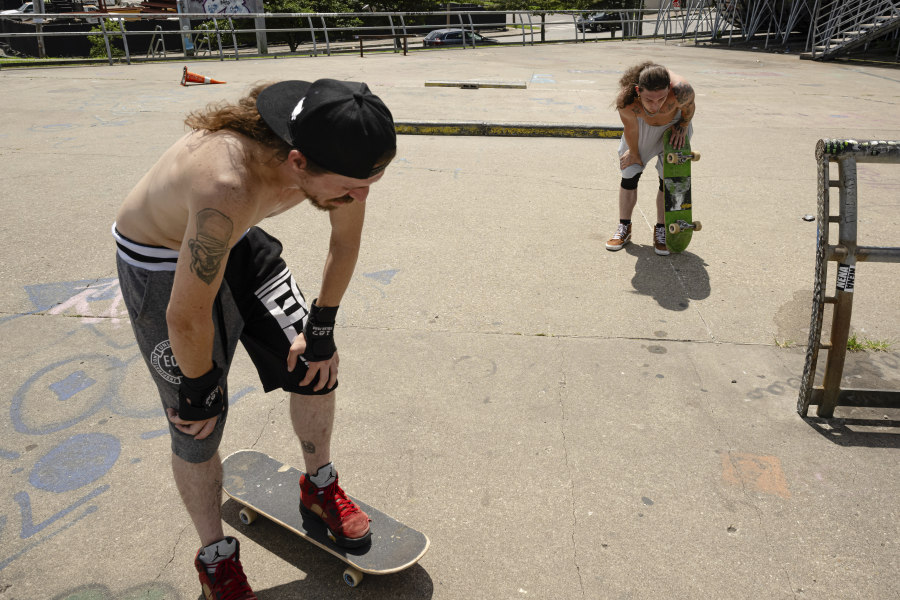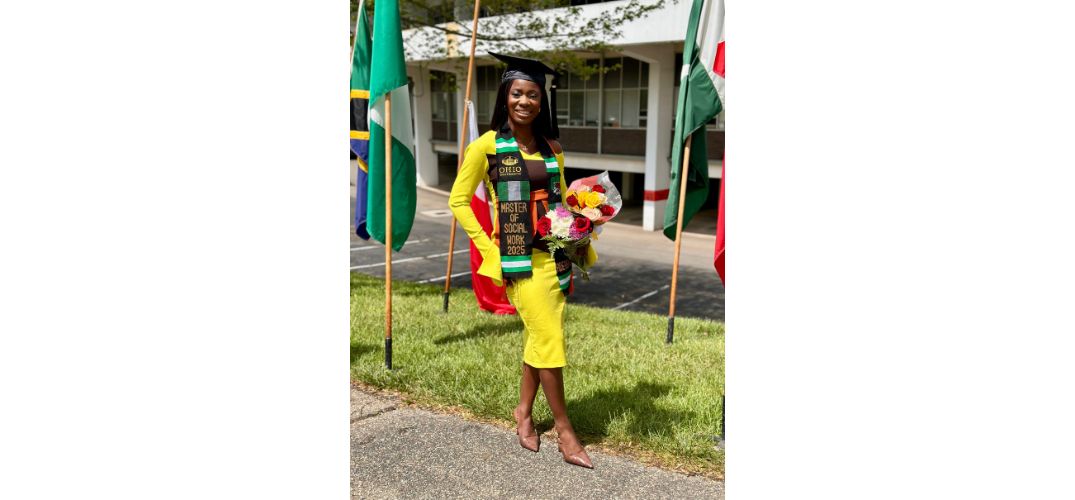As temperatures soar, the allure of outdoor physical activity can be overshadowed by a significant health challenge: exercising in extreme heat. The human body, a marvel of natural engineering, possesses intricate cooling mechanisms, but these are severely challenged when ambient temperatures rise to scorching levels, dramatically increasing the risk of heat-related illnesses such like heat exhaustion and the far more dangerous heatstroke. For athletes and recreational enthusiasts alike, understanding and implementing proactive safety measures is not just advisable, but absolutely critical to maintaining well-being during hot-weather exercise.
One of the most fundamental pillars of hot weather exercise safety is optimal hydration. Experts consistently emphasize the need for a strategic approach to fluid intake, recommending consistent consumption of water or electrolyte-rich beverages not only during workouts but also significantly before and after physical activity. Proper hydration ensures that the body’s internal cooling system, primarily through sweating, can operate efficiently, preventing the dangerous cascade of dehydration that can quickly lead to overheating and compromise overall sports safety.
Beyond what you drink, when and how you dress play pivotal roles in mitigating heat risks. Strategic scheduling of exercise sessions during cooler parts of the day, typically early mornings or late evenings, is a non-negotiable expert tip to avoid peak temperatures when the sun’s intensity is at its highest. Furthermore, selecting appropriate attire is crucial; lightweight, loose-fitting, and moisture-wicking apparel facilitates the natural process of sweat evaporation, which is the body’s primary mechanism for expelling heat and staying cool during any form of exercise.
Listening intently to your body’s signals is paramount when engaging in physical activity under challenging hot weather conditions. Experts advise reducing exercise intensity or duration if discomfort begins to set in. Taking frequent breaks in shaded areas, allowing the body a chance to cool down and recover, is another vital heat safety measure. Should any signs of illness or undue stress arise – such as dizziness, nausea, or profound fatigue – it is absolutely critical to cease activity immediately and seek cooler conditions or medical attention if symptoms persist.
Gradual acclimatization to hot environments is a scientifically proven strategy to enhance the body’s ability to cope with heat. This involves progressively increasing exposure to heat and the intensity of exercise over a period of days or weeks, allowing physiological adaptations to occur. Additionally, embracing a buddy system is a highly recommended practice for anyone engaging in sports or demanding exercise in high temperatures. A training partner can monitor for signs of distress that an individual might miss in themselves, offering an added layer of security and promoting overall sports safety.
Recognizing the symptoms of heat-related illnesses is a crucial skill for prompt intervention and preventing serious health complications. Beyond the aforementioned dizziness and nausea, other warning signs include excessive sweating followed by a sudden cessation of sweating (a red flag for heatstroke), muscle cramps, headache, confusion, irritability, or even a rapid pulse. Swift action upon identifying these symptoms, such as moving to a cool environment, rehydrating, and cooling the body with wet cloths or ice packs, can be life-saving.
Adhering to these expert exercise tips is vital for individuals of all fitness levels. While the desire to maintain a fitness routine is strong, the dangers posed by extreme heat cannot be outrun or underestimated. By prioritizing heat safety, understanding the body’s limits, and implementing these preventative measures, athletes and recreational exercisers can safely continue their fitness journeys without compromising their well-being, even when the mercury rises.
Discover more from The Time News
Subscribe to get the latest posts sent to your email.



